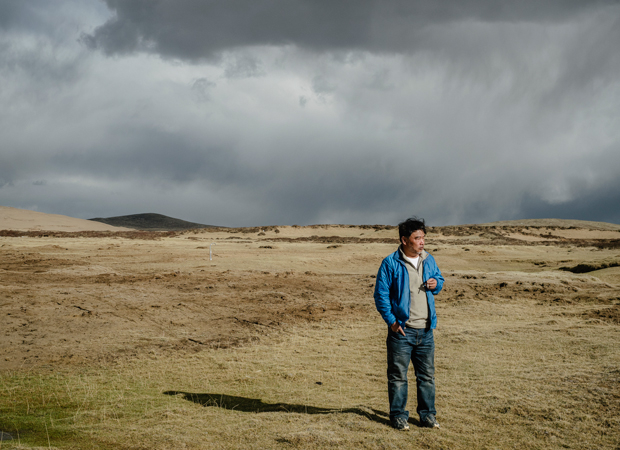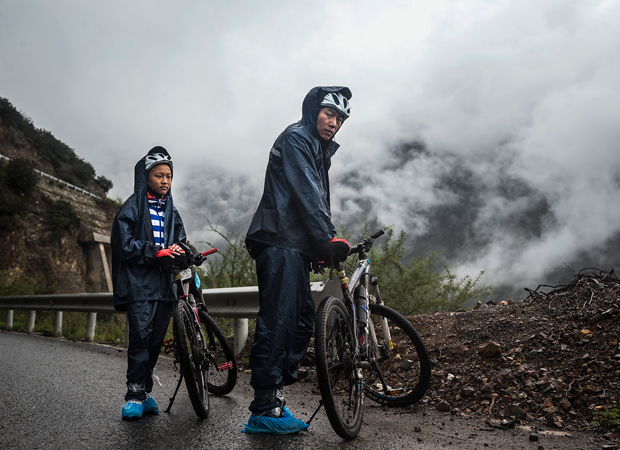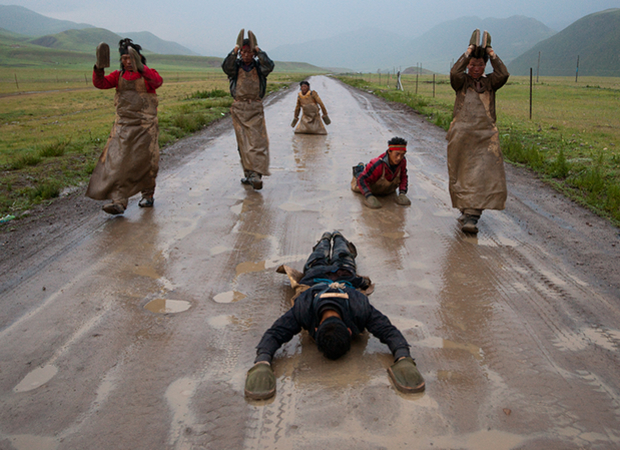ChinaFile Recommends
03.27.18China Needs More Water. So It’s Building a Rain-Making Network Three Times the Size of Spain
South China Morning Post
China tests weather modification system to bring more rain to Tibet.
Books
01.26.18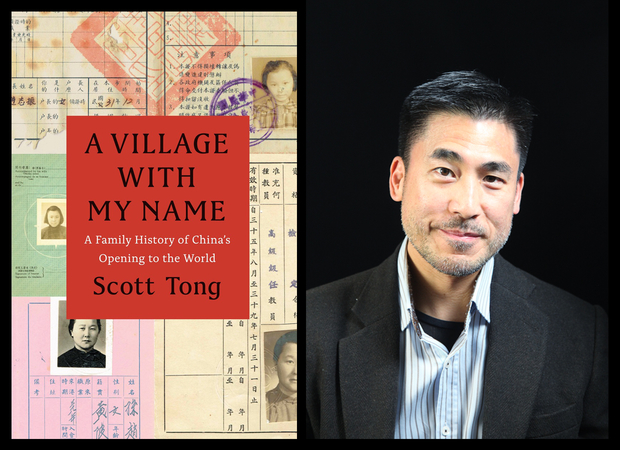
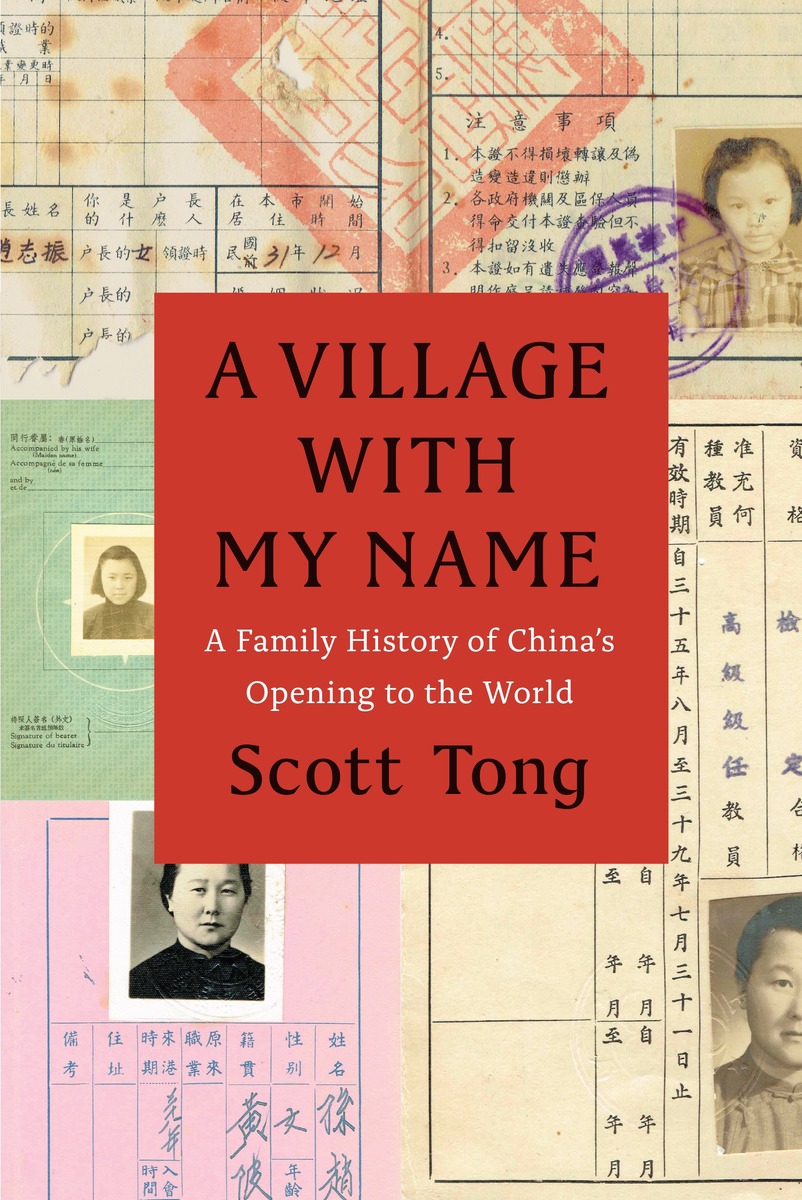
A Village with My Name
When journalist Scott Tong moved to Shanghai, his assignment was to start up the first full-time China bureau for Marketplace, the daily business and economics program on public radio stations across the United States. But for Tong, the move became much more—it offered the opportunity to reconnect with members of his extended family who had remained in China after his parents fled the communists six decades prior. By uncovering the stories of his family’s history, Tong discovered a new way to understand the defining moments of modern China and its long, interrupted quest to go global.A Village with My Name offers a unique perspective on the transitions in China through the eyes of regular people who have witnessed such epochal events as the toppling of the Qing monarchy, Japan’s occupation during World War II, exile of political prisoners to forced labor camps, mass death and famine during the Great Leap Forward, market reforms under Deng Xiaoping, and the dawn of the One Child Policy. Tong’s story focuses on five members of his family, who each offer a specific window on a changing country: a rare American-educated girl born in the closing days of the Qing Dynasty, a pioneer exchange student, an abandoned toddler from World War II who later rides the wave of China’s global export boom, a young professional climbing the ladder at a multinational company, and an orphan (the author’s daughter) adopted in the middle of a baby-selling scandal fueled by foreign money. Through their stories, Tong shows us China anew, visiting former prison labor camps on the Tibetan plateau and rural outposts along the Yangtze, exploring the Shanghai of the 1930s, and touring factories across the mainland.With curiosity and sensitivity, Tong explores the moments that have shaped China and its people, offering a compelling and deeply personal take on how China became what it is today. —University of Chicago Press{chop}
ChinaFile Recommends
09.07.17China Brings Mars a Little Closer with Replica on Tibet Plateau
Guardian
The “simulated Mars station” – a 95,000 square-kilometre tribute to the solar system’s second-smallest planet – will be built in Qinghai province’s Haixi Mongolian and Tibetan autonomous prefecture, not far from the westernmost tip of the Great Wall.
Depth of Field
07.01.16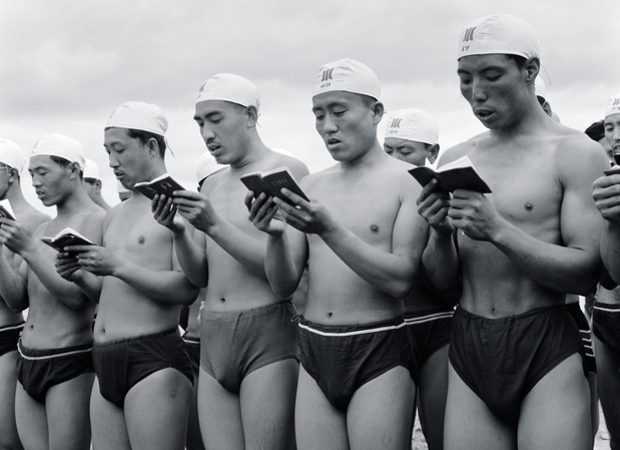
Tornados and Drag Queens
from Yuanjin Photo
Being a photojournalist involves reacting to breaking news, a dedication to long-term projects, and everything in between. This month’s showcase of work by Chinese photographers published in Chinese media underscores this range of angles: from the...
Environment
11.11.15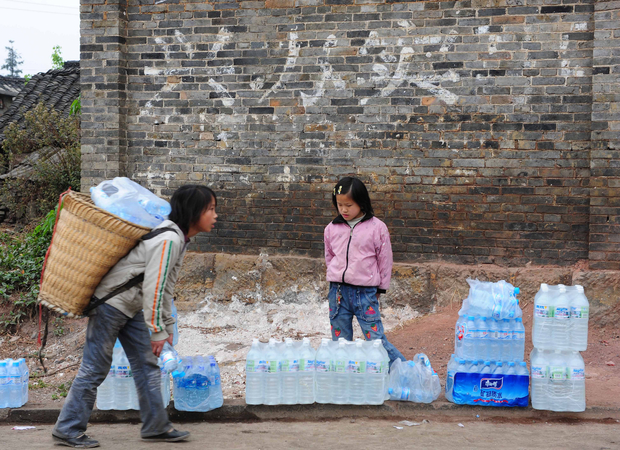
China’s Bottled Water Industry to Exploit Tibetan Plateau
from chinadialogue
Tibet wants to bottle up much more of the region’s water resources, despite shrinking glaciers and the impact that exploitation of precious resources would have on neighboring countries.This week, the Tibet Autonomous Region’s government released a...
Environment
09.30.15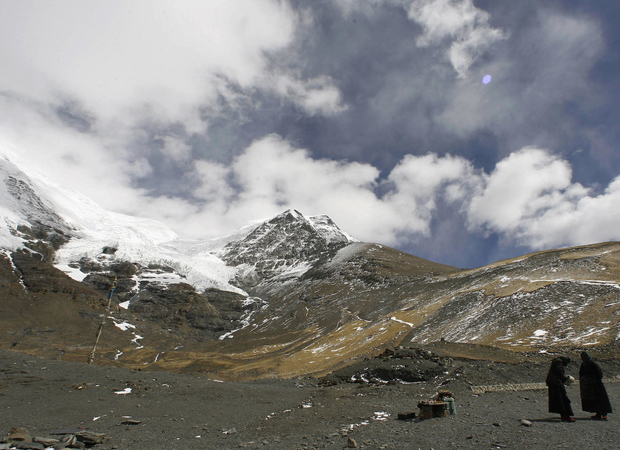
Less Snow in Tibet Means More Heatwaves in Europe
from chinadialogue
Recent summer heatwaves in Europe and northeast Asia have caused massive water shortages and a large number of deaths. But the mechanism behind these extreme weather events is not fully understood.Scientists at China’s Nanjing University of...
ChinaFile Recommends
05.20.15Traces II
Granta
Few rivers have captured the soul of a nation more deeply than the Yellow River. Historically a symbol of enduring glory, a force of nature both feared and revered, it has provided water for life downstream for thousands of years.
Environment
10.23.14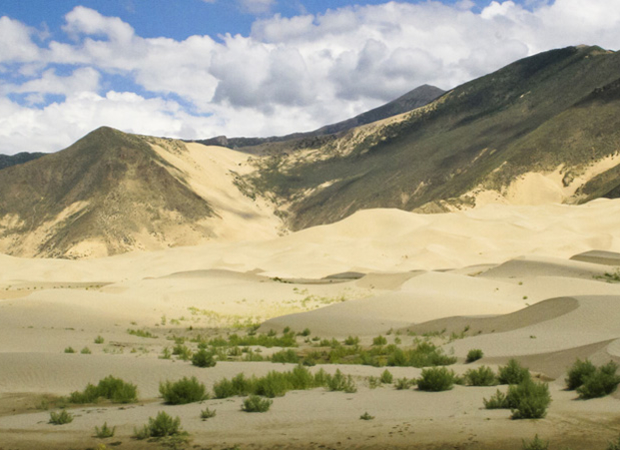
Tibetan Plateau Faces Massive ‘Ecosystem Shift’
from chinadialogue
Large areas of grasslands, alpine meadows, wetlands, and permafrost will disappear on the Tibetan plateau by 2050, with serious implications for environmental security in China and South Asia, a research paper published by scientists at the Kunming...
Photo Gallery
09.28.14
Traces
One in five people in the world get their water from great Asian rivers linked to the Qinghai-Tibet plateau in northwestern China. Here, beneath a gently undulating landscape, spring the headwaters of the Yellow River, which sweep three thousands...
Environment
01.25.13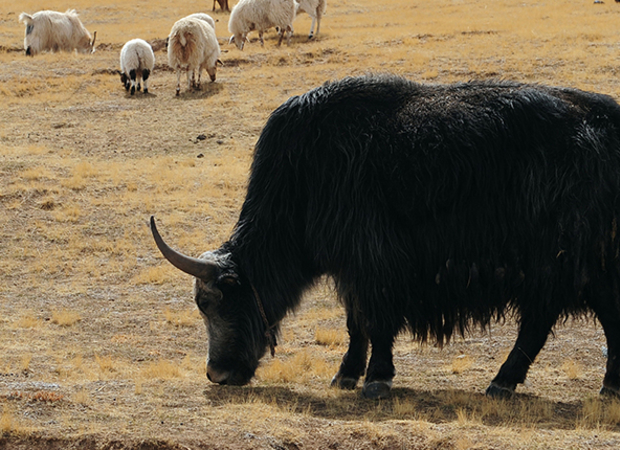
Climate Change, Not Grazing, Destroying the Tibetan Plateau
from chinadialogue
Sanjiangyuan—which literally translates as the “three river source area”—feeds China’s mightiest rivers. The 300,000-square kilometer region, high on western China’s Qinghai-Tibetan plateau, provides a quarter of the Yangtze’s water, almost half of...




